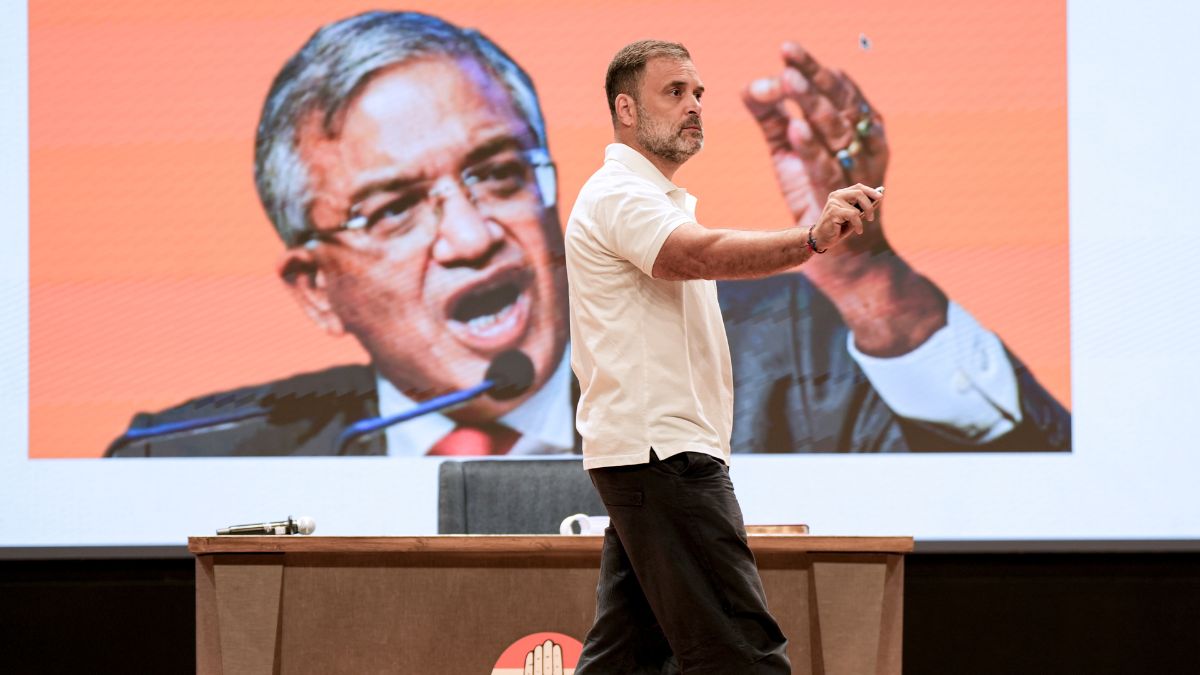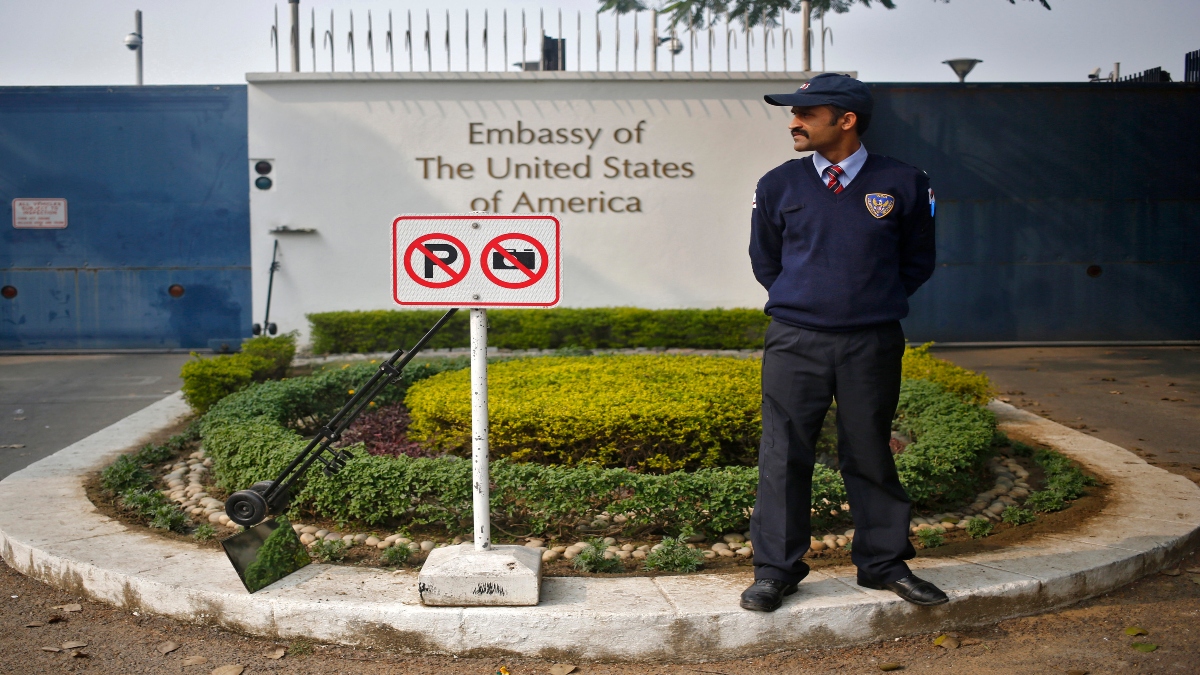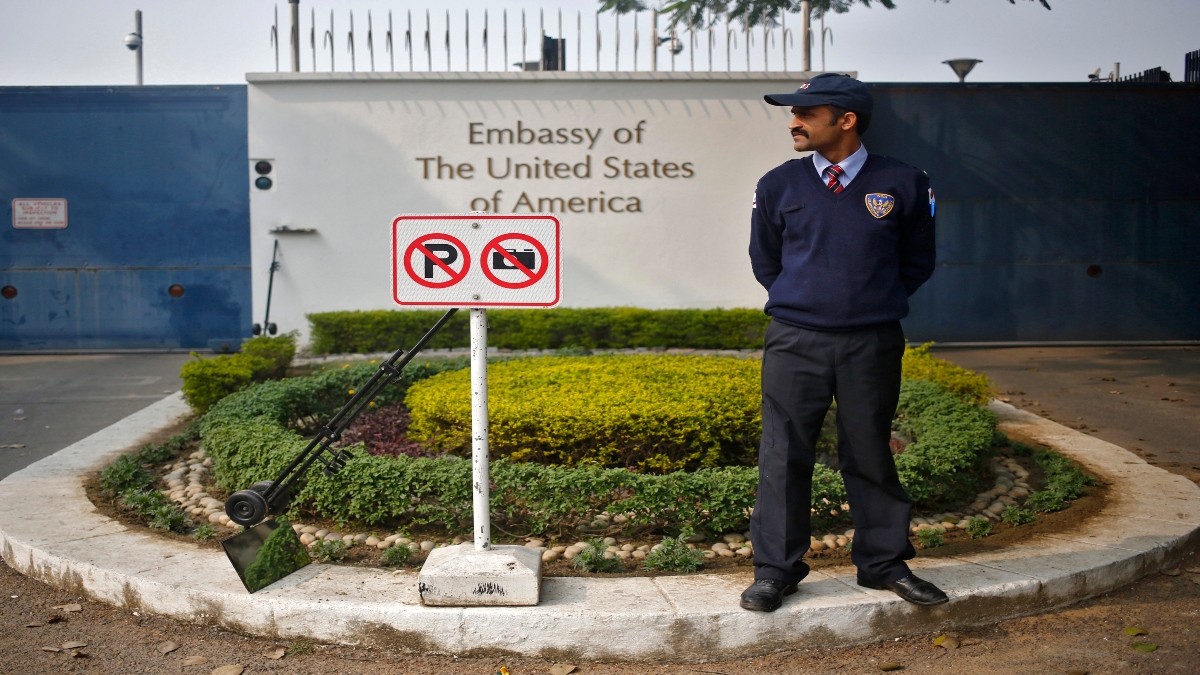Congress MP Rahul Gandhi has intensified his “vote chori (theft)” allegations against the Election Commission of India (ECI). The Leader of Opposition in the Lok Sabha on Thursday (September 18) alleged irregularities in addition and deletion of votes in the country.
He claimed that the “deletion of votes (was) done in a centralised manner using software and not through individuals.” “Targeted deletion of votes done in Congress stronghold through planned action,” Gandhi alleged.
The poll body has hit back and dismissed the Congress leader’s charges as “incorrect” and “baseless”. But can votes be deleted via software?
Let’s take a look.
Rahul Gandhi’s ‘vote chori’ claims
During a special press briefing in Delhi, Rahul Gandhi claimed more than 6,000 votes were attempted to be deleted in Karnataka’s Aland Assembly constituency in 2023.
“In Karnataka’s Aland, someone tried to delete 6,018 votes and got caught by coincidence,” he said. Gandhi alleged that the names of Congress voters were being deleted systematically.
“The booth-level officer (BLO) noticed that her uncle’s vote got deleted and found her neighbour had deleted the vote of her uncle. When she asked her neighbour, who said he had no idea. It was found that some other force hijacked the process and deleted the vote, and as luck would have it, got caught,” he claimed.
Gandhi alleged that applications for deletion of names, especially of Congress voters, were filed using software from outside Karnataka.
The Congress MP made similar allegations of rigging in Maharashtra’s Rajura constituency. He claimed 6,850 “fake” names of voters were added in the Rajura Assembly seat.
Gandhi went on to accuse Chief Election Commissioner (CEC) Gyanesh Kumar of protecting “vote chors” and those “killing democracy” in India.
“I am going to make a serious claim about Gyanesh Kumar. I am not saying this lightly. The CEC is protecting vote chors and the people who have destroyed Indian democracy. I am the Leader of Opposition and I will not say anything which is not backed by 100 per cent proof – black and white proof,” the Congress leader said.
With this, Gandhi has doubled down on his “vote chori” allegations against the EC and the BJP.
ALSO READ: ‘Vote chori’ row: Why INDIA bloc is going after Chief Election Commissioner Gyanesh Kumar
EC dismisses Rahul Gandhi’s claims
The Election Commission has rejected Gandhi’s charges.
“No deletion of any vote can be done online by any member of the public, as misconceived by Rahul Gandhi. No deletion can take place without giving an opportunity of being heard to the affected person,” the EC said in a statement.
“In 2023, certain unsuccessful attempts were made for deletions in the Aland Assembly constituency and an FIR was filed by the authority of the ECI itself to investigate the matter. As per records, Aland Assembly constituency was won by Subhadh Guttedar (BJP) in 2018 and BR Patil (INC) in 2023,” it added.
❌Allegations made by Shri Rahul Gandhi are incorrect and baseless.#ECIFactCheck
— Election Commission of India (@ECISVEEP) September 18, 2025
✅Read in detail in the image attached 👇 https://t.co/mhuUtciMTF pic.twitter.com/n30Jn6AeCr
The BJP also attacked the Congress leader over his “vote chori” allegations.
BJP MP Anurag Thakur said the Congress has lost “90 per cent” of the polls it contested under Rahul Gandhi’s leadership. “His frustration is increasing day by day. It has become a habit of Rahul Gandhi to make incorrect and baseless allegations. Being reprimanded by courts has become a routine for him,” he said.
Process for voter deletion
The Representation of the People Act, 1950 and the Registration of Electors Rules, 1960, govern the process of voter deletion in India.
The first step to remove a voter’s name from the electoral roll begins with Form 7. An elector can submit the form to the Electoral Registration Officer (ERO) in case they have shifted to another constituency. Another person can also submit Form 7, raising an objection to a voter’s name in their constituency.
Seeking deletions is not allowed for arbitrary or political reasons.
The information required to fill Form 7 includes the voter’s EPIC number, the reason for seeking deletion, and the applicant’s own details and signature.
Besides moving to another constituency, the other grounds for the deletion of a voter’s name include the death of the elector, if they are not found at the registered address, duplication of name on the electoral rolls, or if they cease to be an Indian citizen.
Once a Form 7 application is submitted, it is thoroughly scrutinised. If it is incomplete, it is rejected at an early stage.
If the application is accepted, the ERO will serve a notice to the voter, mentioning the date, time, and place of a hearing.
A BLO then visits the address in question to ascertain whether the voter is still residing there, has passed away, or if their name appears twice on the electoral rolls. The findings are submitted to the ERO.
Both the voter and the applicant are given a chance to present their case during a hearing. The ERO is empowered to ask for documents, personal appearance, and record statements under oath before making a decision.
After looking at the evidence, the ERO then rejects or approves the deletion of a voter’s name. If approved, the name is removed, with the change reflected in the next updated roll.
In case a voter believes their name was wrongly struck off, they can challenge the ERO’s order. The Election Commission states that in “case of deletion, notice is issued and an opportunity given to electors for filing an objection and hearing is given.”
The elector has to apply afresh by filing Form 6 with proof of residence and identity.
It must be noted that any false declarations made in a Form 7 application are punishable.
Can software be used to delete votes?
Rahul Gandhi alleged that a software was deployed to delete the names of voters.
However, as per News18, online portals can only accept applications but not remove names on their own.
In each case, there is verification and a hearing before a decision is taken. The ERO has to follow due process even if software-driven impersonation were attempted.
With inputs from agencies


)

)
)
)
)
)
)
)
)



